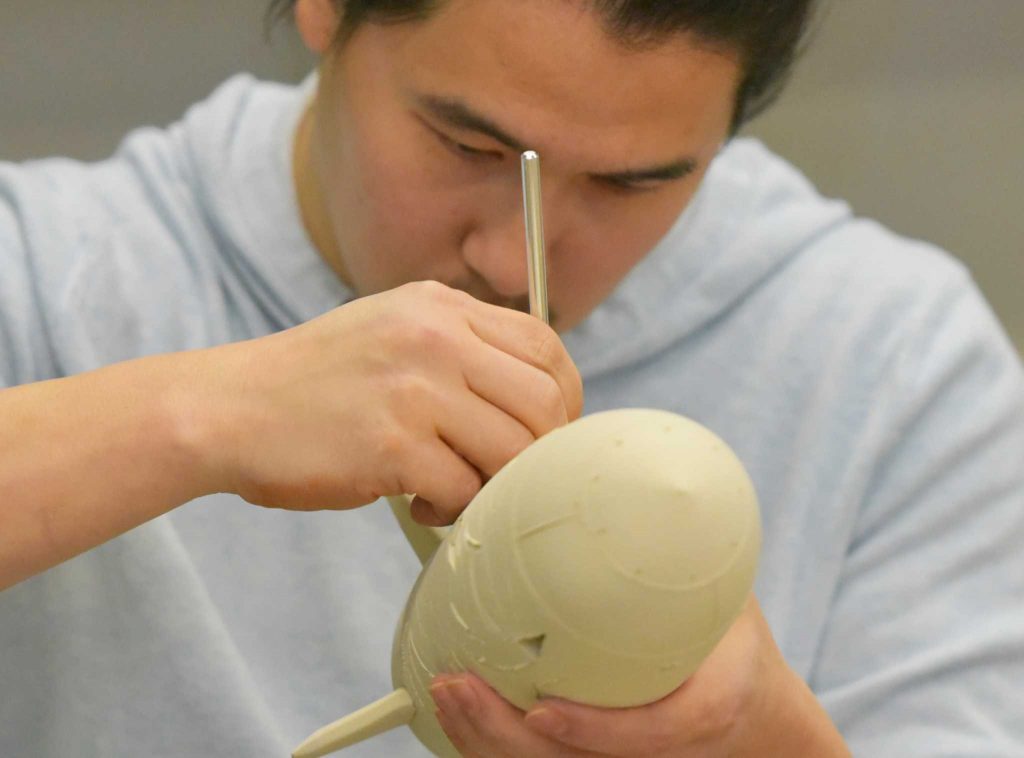SF State’s art department made its first major increases to instructional materials fees in 20 years this spring, forcing returning studio art majors to pay double or even triple the fee costs of last semester.
Of the 80 studio art classes currently requiring materials fees, 38 of those had their fees increased by at least 50 percent this semester, with some of the largest increases 300 percent or more, according to data provided by art department director Gail Dawson.
While ART 235 Printmaking I rose from $40 to $60, others like ART 560 Photography III rose from $40 to $150, nearly quadrupling. Although department records indicate fees for Art 433 Figure Drawing and Art 533 Figure Painting increased slightly from $25 to $30 in 2006, materials fees for art classes have not otherwise been altered since 1996, Dawson said.
“What $15 could buy in 1996 now costs about $43 with inflation alone – more than double the old lab fee,” Dawson said. “Figure into that the increase in manufacturing costs in the past 20 years, and it’s even more.”
Though cognizant of the financial stress many students already face, faculty in the School of Art agreed that these increases are necessary and were approved with students’ best interests in mind.
“The school of art is one of the best in the country,” Interim Dean of the College of Liberal and Creative Arts Daniel Bernardi said in an email. “To remain one of the best, which means providing its majors with the resources they need for each disciplinary course, it was necessary to raise student fees.”
Some returning art majors, on the other hand, don’t find the increases so necessary.
“It’s already expensive enough living in the Bay Area as it is,” said Liliana Miramontes, a senior studio art major. “I don’t think they should have raised (fees), but I feel higher education should be free anyway.”

Between two ceramics courses with fees totaling $120, Miramontes said the additional $40 she paid in fees this semester compared to last could have otherwise covered part of her regular commute from the East Bay or been used to purchase groceries.
“And (the fee) doesn’t even cover the cost of clay,” she said. “You still have to buy that yourself.”
Phillip Reid, a senior art history and studio art major, said he would have liked to have seen information about the increases sent out to returning students before the beginning of the semester.
“I didn’t know of any increases until the first day of classes when I got the syllabus,” Reid said, adding that he’ll be taking art classes regardless of inflated fees because they are an “unavoidable” part of his major.
Fine art lecturer Sean McFarland said the increased fee revenue for his film photography classes has helped him provide students with the quality materials and facilities they need to practice darkroom photography.
“It helps me out as an instructor, but that doesn’t mean the money is coming from the right place,” McFarland said.
He said it is up to the state to re-examine the taxation system and how public universities are funded if these types of fees are to ever become obsolete.
The increased revenue netted by the fees has been used to purchase chemistry for film processing, supplies for classroom demonstrations and replacement parts for photograph enlargers and other darkroom equipment, he said.
According to CSU Executive Order 1102, instructional materials fees are considered Category III Fees, meaning that they supplement the basic complement of classroom and laboratory instruction by providing materials and services that would otherwise be unavailable to students, and which allow students to meet the educational objectives of a given course. Fees for courses that require field trips or travel off-campus in order to meet the educational objectives of a given course also fall into this category.
“In all cases, Category III Fees should provide materials and services where a student takes a product with them,” Dawson said. “In painting, it is their paintings, and in life drawing, it is their drawings of the model.”
While other departments, such as theater and dance, broadcast and electronic communication arts, and cinema also charge Category III Fees, none has seen as dramatic an increase this semester as the art department.








